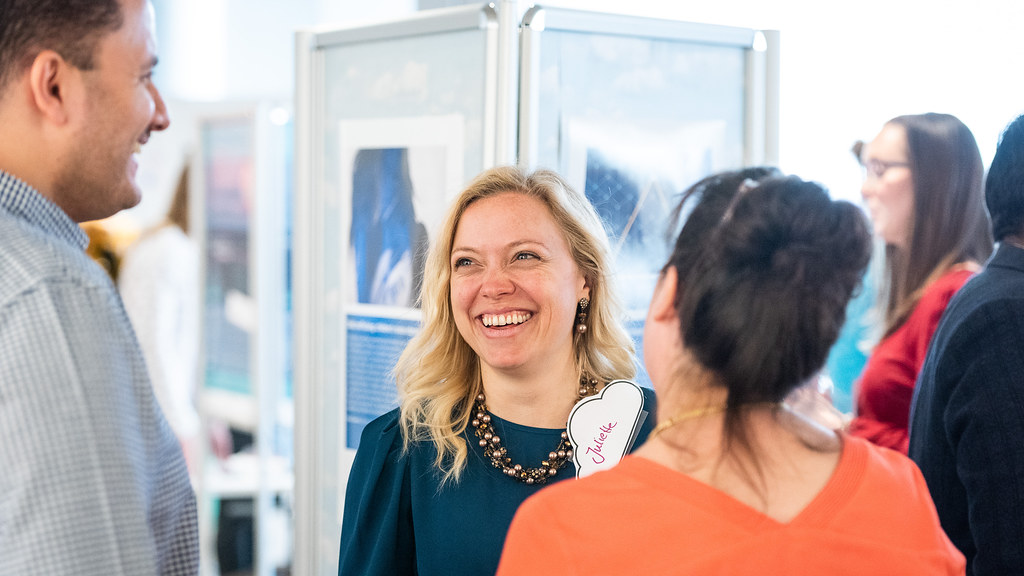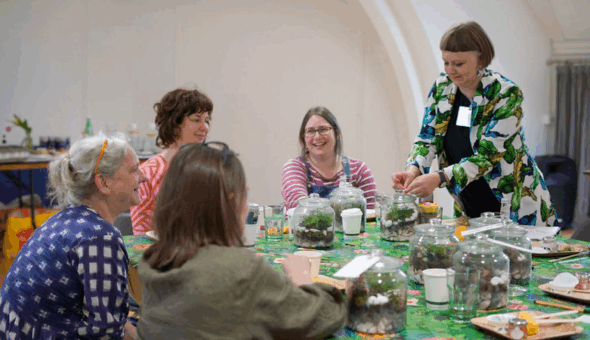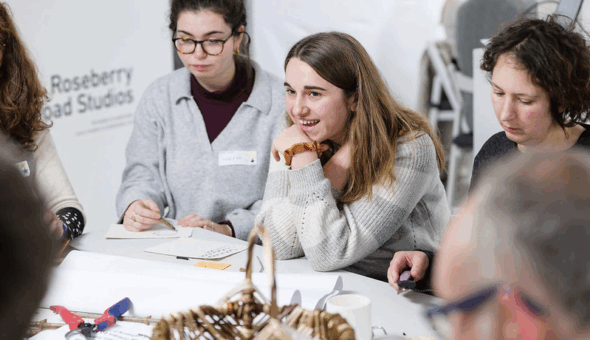In our last ChallengeCPD@Bath blog, we explored the issue around what we call training and what that revealed about the culture of professional development within universities. Let’s look in a little more detail about the way we approach the interventions we develop and devise and why that may also be having an effect on the impact of professional development for public engagement.
Understanding needs
At the Public Engagement Unit, we try hard to take the learner’s needs into consideration when developing our training interventions. Through our day to day work with our Engage Grants, one to one conversations, responding to requests for help and advice with grant applications or in conversations with colleagues in professionals services, we are listening and gauging the professional development needs of researchers in public engagement. However, there is still an element of making ‘guesstimates’ of where researchers are in their public engagement practice and using the training we offer to fill those gaps.
It tends to be the primary purpose of the training which drives the approach we take to developing the intervention.
This mismatch between the purpose of the training and the position of the learner appears to be a significant factor in the uptake of professional development for public engagement.
We need to radically turn this approach around and consider the depth and complexities of researchers’ needs if we are to improve the uptake and impact of our professional development offer.
High-quality professional development
Before we look at what putting the learner first means for professional development for public engagement, I thought it would be useful to revisit what our Advisory Group identified as some of the criteria of high-quality professional development:
- Networks – helps build networks and cohorts of practice to facilitate peer to peer learning
- Big picture – is linked to a bigger picture such as career pathways
- Enduring – provides material and support that people can return to
- Change – challenges thinking and behaviour, opening-up new ideas that might change practice
- Active, timely and relevant – involves an active learning approach, is run when the participant’s need it at times they can attend and is relevant to participant’s backgrounds, experiences and needs.
When applying these criteria to our professional development offer, it’s reassuring to know that much of what we do fulfil these criteria.
Putting the learner first
With these criteria in mind, we have changed the way we think about the learner in our professional development offer. We now consider:
- The skills and experience that researchers have developed from other parts of their professional, roles and personal life. Our training offer should help them realise their already existing skills and expertise and how it could be applied to their public engagement practice.
- The longer-term career aspirations of researchers who participate in training. By recognising these and taking them into consideration in the development of training, we’ll be able to help researchers realise those aspirations and influence how our offer is perceived.
- How the training offer reflects the culture of public engagement within the discipline of the people taking part. Understanding the cultural context of what it means to be ‘engaged’ within an academic discipline, will help our offer be more visible. Based on our research, we know many researchers identify with their peers in their academic community more than they do with their home institution.
These considerations will help us put the learner at the heart of any training intervention, ensuring our professional development offer is relevant and impactful.
Evaluation – the long game
Reframing the learner in our professional development offer also means reconsidering how we evaluate training interventions. Much of the evaluation of professional development for public engagement is focused on measures of satisfaction or enjoyment towards specific one-off interventions. We need to shift evaluation focus, moving away from the intervention itself to about the benefits the learner has derived from the experience as learning takes time to be realised. We need to take a longer-term approach to evaluate our training accounting for the extent to which the learning can be, and is, applied on the job. How we do that in practice is the tricky thing, we’ve not quite figured it out yet if you have any thoughts they’d be most welcome.
Fostering learning
We mentioned it last time but it's worth reiterating here. Training is more than just what you devise and deliver, it's about the learning we help to foster. There are many opportunities for learning we create, - an informal chat over a cup of tea, a grant programme, an internal news item - we need to rethink what 'counts' as training.
Putting the learner first in practice
With ChallengeCPD@Bath, we’ve had the opportunity to experiment with putting the learner first, putting into practice the principles we’ve highlighted. We’ve had a go at getting learners involved in the development of training, creating materials to assess and surface their existing skills and knowledge and designed case studies evaluating the impacts of training on their broader professional development and career aspirations.
Up next on the blog....
Over the next few blogs, we’ll share some of our experiences of just what happened when we put the learner first.
Helen Featherstone is Head of Public Engagement at the University of Bath.
Respond



